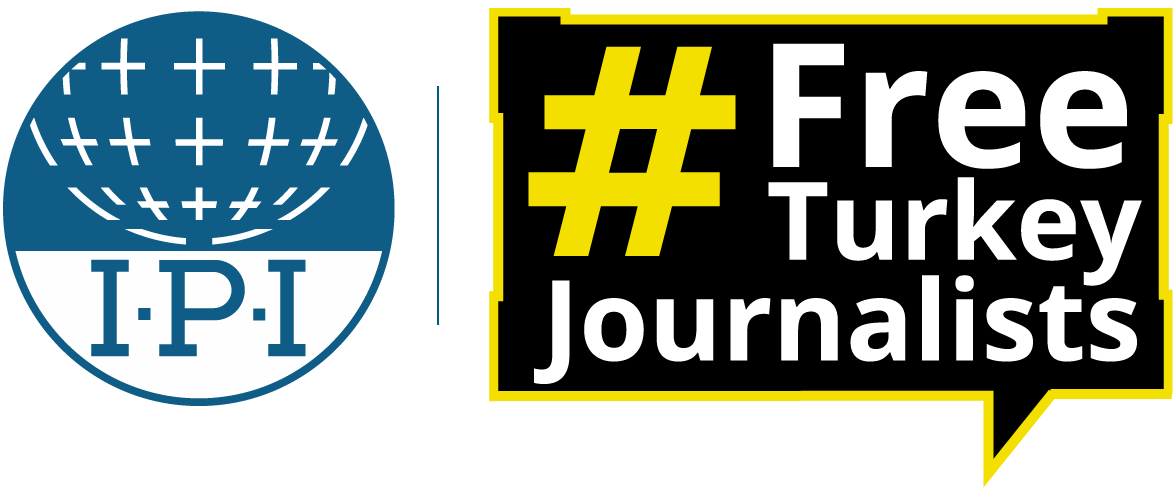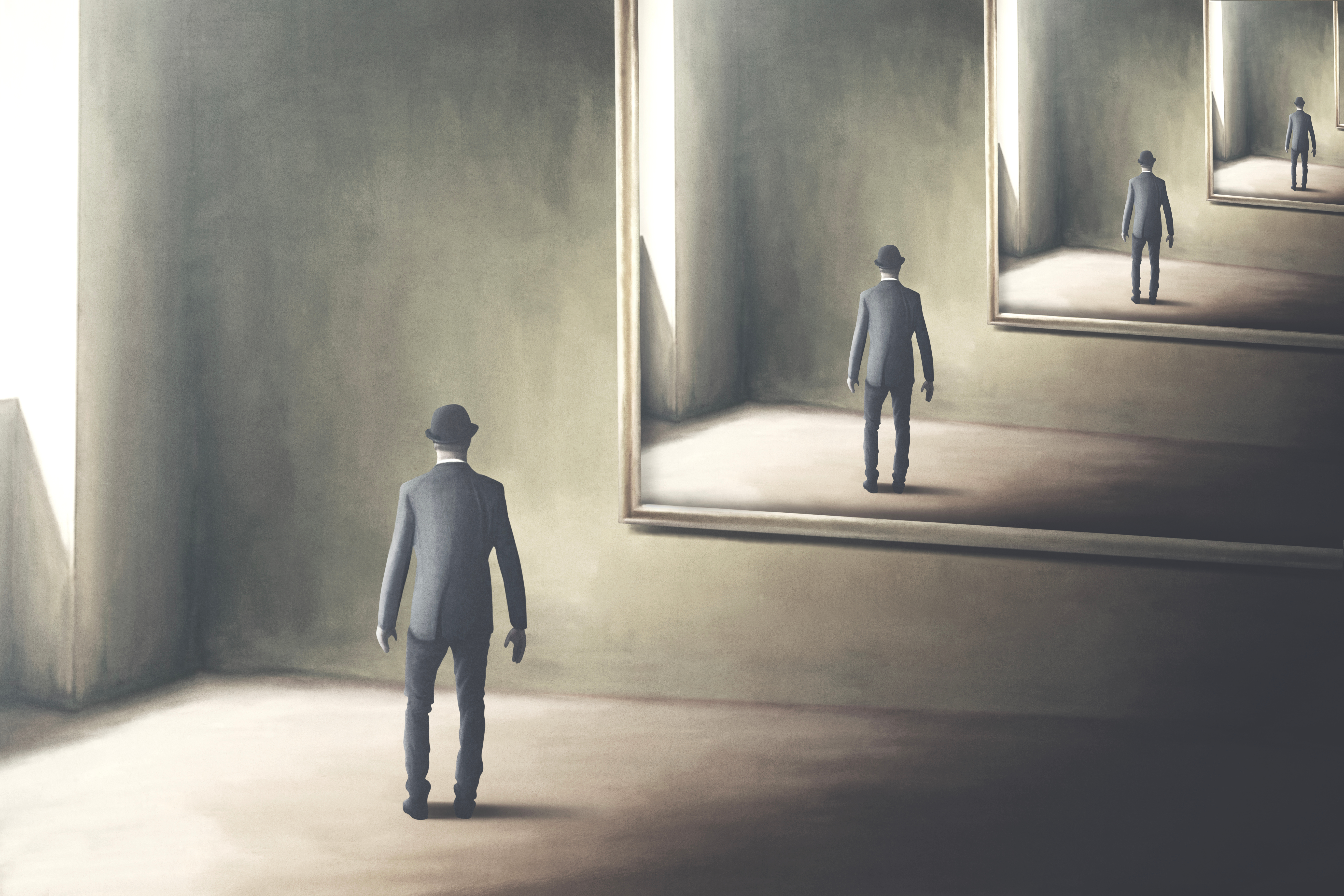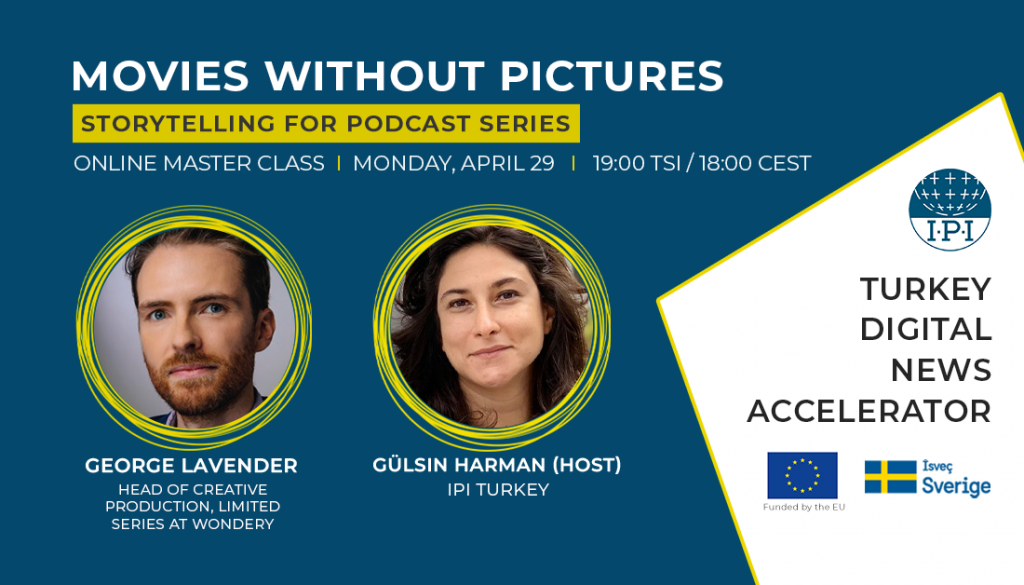As journalists, we can work more efficiently by reflecting on our daily tasks. Self-reflection can be a valuable tool for integrating learned lessons into our professional identity. Let’s explore the learning environment that self-reflection can offer journalists.
Self-reflection enables us to analyze our impressions arising from the daily events we encounter. According to Damla Şevval Erkent, an organizational psychologist at a private corporation who practices existential psychotherapy, the primary teaching of existential psychotherapy involves assessing life experiences by engaging in profound reflection. Erkent emphasizes that self-reflection begins with knowing oneself.

Damla Şevval Erkent
American philosopher Donald Schön builds on the idea of knowing oneself by introducing the concept of “reflective practitioner”. In his book The Reflective Practitioner: How Professionals Think in Action, Schön uses the term “reflection-on-action” to refer to a process whereby individuals recognize their successes by reflecting on what they have done after finishing a task in their daily work. Schön believes that reflecting upon completed tasks can improve the process of learning.
Writing a news story versus creating digital content
Journalist Burak Ütücü, from the Turkish news outlet Independent Türkçe, recounts a unique and profound moment he encountered while reporting: “When I went to Azez [a city in northwest Syria] to cover the 11th anniversary of the Syrian War, I couldn’t sleep the night before the day of shooting. One question was on my mind: ‘Why am I here? Did I come here to report the news or to create content?’ In the digital age, the title of a news story may turn into content. As journalists, we don’t always write news stories, there are times when we create content as well. I asked myself this question after seeing the difficult living conditions residents of Azez faced. Self-reflection, for me, began with this meaningful experience. It made me ask myself whether, as a journalist, I was writing a news story or creating content. On that particular day, the answer was clear: I was writing a news story.”

Burak Ütücü
Ütücü explains the distinction between a news story and digital content as follows: “There is news that attracts a certain segment of the audience but does not interest the majority. I consider this type of news as content. In my opinion, news should interest a wider audience.”
The difference between reporting the news and creating content is an ethical debate, says Ütücü. He elaborates: “When I report on people’s suffering due to events such as war or earthquakes, I prefer not to use images of people crying. In my news reporting, respecting people’s rights makes me feel like I am doing real journalism. Of course, we can include the image of an emotional moment of a person to portray the situation. However, I believe we should approach our reporting without objectifying the individuals involved and not forgetting about human dignity.”
The transformative power of mistakes
Although self-reflection can hold substantial value for journalists, it can be difficult to practice. According to psychologist Erkent, confronting our experiences and engaging in self-reflection may not always bring satisfying results in the short term. She elaborates that sometimes reflecting on events can be upsetting, emphasizing that self-reflection requires courage. “When we reflect on our experiences, we never know what will be revealed. Similar to life itself, we come into this world without knowing what kind of life awaits us”, Erkent explained.
While reflecting on events, we may be able to see the mistakes we have made in our daily tasks as well as the areas in which we need to improve. Self-reflection can also provide us with the opportunity to understand how to apply ethics within our profession.
Journalist Ütücü describes the process of self-reflection during his transition to becoming an editor in the following way: “Young journalists often express frustration when editors make extensive changes before publishing their news stories. I remember when I first submitted my story to Journo in my student days, I noticed that the published version differed quite a bit from the version I sent to the editor. Knowing that the editor was more experienced and knowledgeable than me, I did not complain. However, things were different with my latest published article at Journo, where the editor retained the original version without even changing a comma. Shortly after this, I started working as an editor at Kapsül, a well-known newsletter in Turkey. Instead of becoming upset by the corrections made by the editor, I embraced the practice of reading the published versions of my articles. This proved to be highly instructive. It helped me identify where I had made mistakes and facilitated my professional growth.”
Psychologist Erkent emphasizes the transformative power of being able to look back at mistakes through the process of self-reflection. “Companies use strategies to manage risks and turn their mistakes into opportunities for growth. While it is seemingly easier to make use of the mistakes in professional settings, it might be more difficult to do the same in our daily life.”
“Even though mistakes are natural consequences of learning and trying new things, in our culture there is a tendency to resist them”, says Erkent, adding that “negative connotations in relation to mistakes are usually fostered in childhood”. As a solution, Erkent suggests that Turkey’s society needs more examples of influential people who can guide individuals to learn from their mistakes. She emphasizes the significance of how patterns of fearing mistakes are shaped during childhood: “The caregiver’s perception of mistakes is crucial in shaping the child’s perspective in life. If a child witnesses that love comes only with achievements, then she or he will learn to fear mistakes. Children who grow up with the belief that making mistakes is bad face uncertainty when encountering mistakes later in life.”
Imagining alternatives through self-reflection
Self-reflection is a practice that goes far beyond just recognizing our mistakes or identifying areas for improvement. İrem Sarıkulak, journalist and founder of FemSport, shares her experience in utilizing self-reflection while launching the platform back in 2020: “FemSport is an online sports news outlet with a dedicated focus on women in sports. Considering that the mainstream media’s sport coverage is male-centric, we wanted to shift the focus onto female athletes on our platform. Hence, prior to launching this platform, I pondered whether women-oriented sports news could successfully find its audience. I had reservations about launching an alternative news media platform of this nature. Nonetheless, the reception of encouraging feedback made me recognize the untapped potential within this distinctive platform, capable of captivating a dedicated and unique readership.”
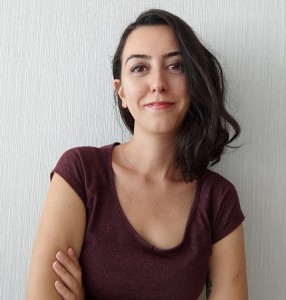
İrem Sarıkulak
Sarıkulak also noted that throughout her postgraduate studies in sports science, she invested a substantial amount of time contemplating gender equality and the role of women in sports. These reflections led her to launch FemSport. Furthermore, Sarıkulak mentioned that her involvement with various news outlets, in addition to FemSport, granted her valuable insights for crafting in-depth news stories, facilitating her grasp of crafting intricate news pieces tailored to different audiences.
Formula for Self-Reflection: Understand the essence of self-reflection, cultivate awareness in your actions, engage in abundant contemplation
Mindfulness educator and professional coach Dr. Eda Uslu emphasizes that amidst the fast-paced nature of life, creating space to slow down may allow individuals to look within. Then, they can delve into questions such as “Who are they? What are their values?” and develop a routine to assess their emotions and behaviors when facing various situations. Uslu emphasizes that understanding the process of self-reflection is the first step towards uncovering one’s deeper truths. She continues: “Humans inherently navigate life with their reactions, frequently exhibiting many of these responses automatically. For instance, consider driving a car – when another vehicle abruptly appears in front of us, we instinctively raise our hand and honk the horn, all without conscious thought. These actions unfold automatically. However, upon deeper contemplation, we might recognize that honking the horn wasn’t necessary at all. This gradual process of self-reflection allows us to gain insight into these patterns. With time and self-exploration, our viewpoint may transform, leading to a more profound self-awareness. Consequently, we may also gain a deeper comprehension of the world around us.”
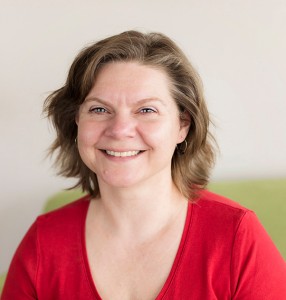
Uzman Dr. Eda Uslu
Journalists wanting to engage in self-reflection might be discouraged by its seemingly time-intensive nature, a notable concern given the demanding workload in journalism. Uslu offers some helpful tips: “When a journalist chooses to report on an event or subject, they can embark on a reflective journey. This entails delving into the emotions and thoughts stirred by that particular topic. Journalists can incorporate these moments of introspection into their daily schedule. For instance, as they enjoy a cup of tea or coffee before an online interview, they can use this break to contemplate their feelings. They can think about the ways they can be more open and receptive during the interview. This simple practice can significantly contribute to the cultivation of diverse perspectives in their journalistic work.”
Highlighting the importance of journalists maintaining their curiosity throughout their work, Uslu emphasizes: “We don’t see the world as it is, rather, we see it as we are. The questions posed by journalists are also a product of their personalities.” Uslu further contends that curiosity can become a habit: “We view events through our own lenses and pose questions based on our own perspectives, most likely expecting certain answers. Thus, cultivating openness holds immense value. Engaging in self-reflection facilitates this openness, enhancing receptivity. Consequently, this process nurtures diverse perspectives and a better grasp of the work we do.”

